In today's competitive digital landscape, creative web design is crucial for brand success. It goes beyond functionality by incorporating visually captivating layouts, experimental color and typography, interactive elements, and personalized content tailored to target demographics. This approach fosters memorable experiences, drives user interaction, conversions, and loyalty, ensuring brands stand out. Utilizing trends like optical illusions, typography evolution, and color psychology, designers create engaging websites that balance minimalism and maximalism for optimal aesthetics and usability. Accessible design tools democratize creativity, enabling professionals to thrive in this dynamic field.
“Unleash your brand’s potential with unique graphic and web designs—a powerful tool to captivate and engage. In today’s digital landscape, creativity is key to standing out. This article explores the art of creative web design, delving into its impact on user experience. From understanding audience psychology to experimenting with non-traditional layouts, we uncover strategies to make your website memorable. Discover the science behind color, typography trends, and optical illusions, plus essential tools to harness your creative potential.”
The Power of Uniqueness: Why Creative Web Design Matters
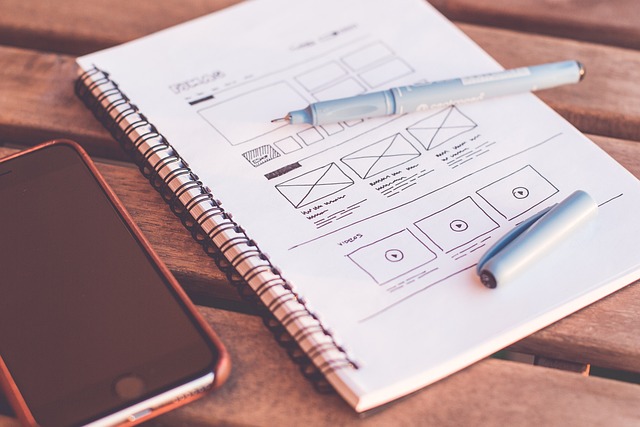
In today’s digital landscape, where countless websites compete for attention, a brand’s online presence can make or break its success. This is where creative web design steps in as a powerful tool to differentiate and captivate. A unique and innovative design isn’t just aesthetically pleasing; it tells a story about the brand’s identity and values. It invites users to explore further, fostering engagement and creating a memorable experience.
Creative web design goes beyond basic functionality. It involves crafting visually stunning layouts, playful use of colors and typography, and thoughtful integration of interactive elements that surprise and delight visitors. Such designs not only leave a lasting impression but also encourage user interaction, driving conversions and strengthening brand loyalty. In an increasingly crowded online space, embracing creativity is essential to stand out from the crowd.
Understanding Your Audience: Tailoring Visuals for Impact
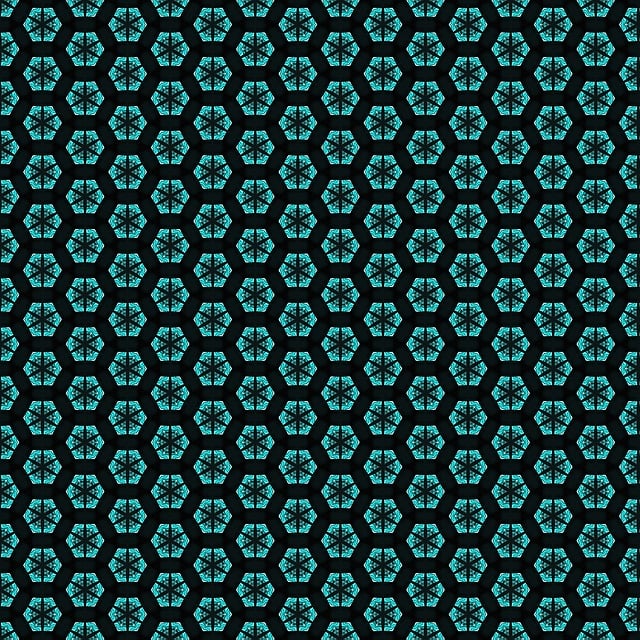
Understanding your audience is a cornerstone in creating impactful graphic and web designs. Effective creative web design involves tailoring visuals to resonate with your target market, aligning aesthetics with their preferences and needs. By knowing who your viewers are – their demographics, interests, and pain points – you can craft designs that not only attract but also engage and convert them.
This personalized approach ensures that the visual elements, from color schemes to typography and imagery, communicate effectively with your audience. For instance, a design aimed at tech-savvy millennials might incorporate bold colors and modern fonts, while a design targeting a more conservative business audience would opt for a clean, professional look. This tailored approach enhances user experience, making your web designs not just visually appealing but also strategically targeted.
Breaking the Mold: Stand Out with Non-Traditional Layouts
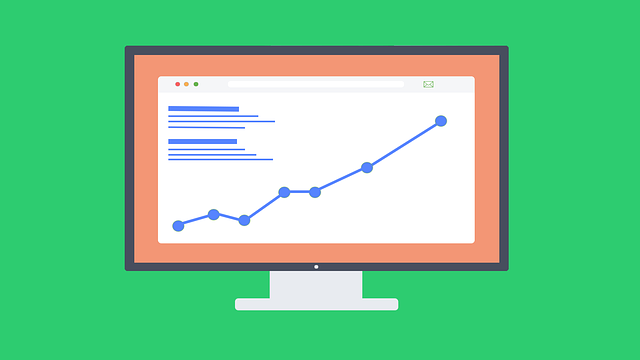
In the realm of graphic and web design, breaking free from conventional layouts can be a powerful strategy to capture attention and create a lasting impression. Creative web designers are constantly pushing boundaries, exploring non-traditional approaches to craft unique and memorable visual experiences. By moving beyond standard templates, they invite viewers into dynamic digital landscapes that differ from the hustle and bustle of typical designs.
Non-traditional layouts offer an opportunity to embrace unconventional aesthetics, playing with negative space, unconventional typography, and innovative color schemes. This approach allows designers to tell stories in novel ways, ensuring their work stands out in a crowded digital landscape. Such creative web design choices can transform simple websites into vibrant symphonies, where each element contributes to a captivating overall experience.
Color Psychology and Its Role in Captivating Users
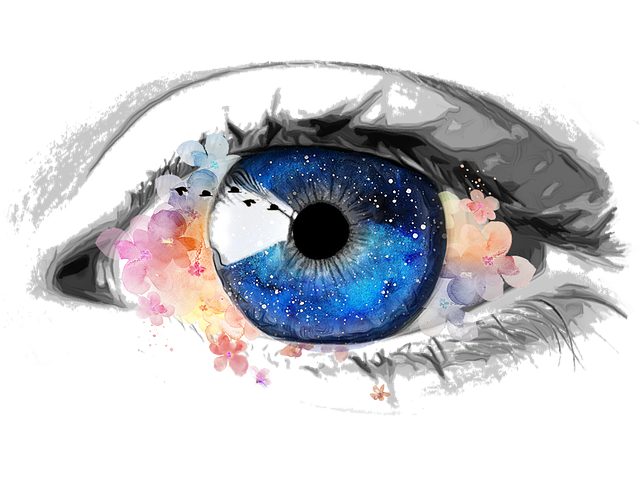
Color psychology is a powerful tool for any designer looking to create captivating and effective creative web designs. By understanding how different hues evoke specific emotional responses, designers can manipulate user feelings and guide their interactions. For instance, warm colors like red and orange often stimulate appetite and create a sense of urgency, making them ideal for e-commerce sites showcasing sales or limited-edition items. In contrast, cool colors such as blue and green are associated with calmness and tranquility, suitable for brands aiming to convey trust and stability, like financial institutions or wellness platforms.
Incorporating these psychological associations into web design allows designers to engage users on a deeper level. A subtle shift in color can influence a visitor’s perception of a brand, encouraging them to stay longer and interact more. This is especially crucial in today’s digital landscape where competition for user attention is fierce. By leveraging color psychology effectively, creative web designs not only capture the eye but also foster meaningful connections with audiences, ultimately driving conversions and brand loyalty.
Typography Trends: Adding Character to Your Website
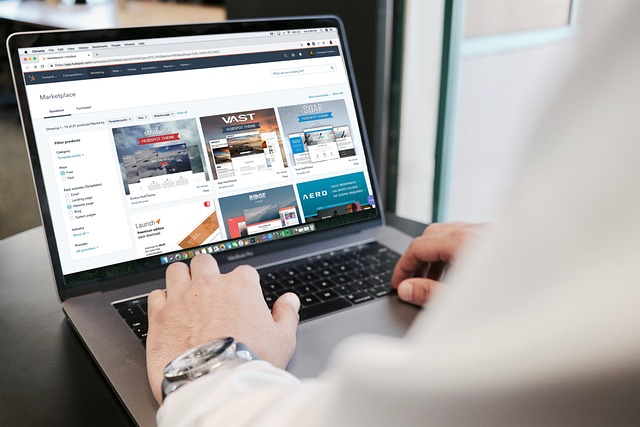
In the realm of creative web design, typography is a powerful tool that can elevate a website from ordinary to captivating. Typography trends are constantly evolving, offering designers a diverse palette to craft visually appealing and engaging user interfaces. The choice of fonts, letterspacing, line height, and text alignment can significantly impact how visitors perceive a website, making it essential to stay updated with the latest trends.
By incorporating unique and well-selected typography, web designers add character and personality to their creations. Whether it’s using bold, hand-drawn fonts for headings or playful, modern scripts for body text, each style choice contributes to a memorable user experience. In today’s digital era, where websites are often packed with content, effective typography can help guide users’ eyes, enhance readability, and create a visually harmonious design that stands out from the crowd.
Incorporating Illusions: Optical Effects for Engaging Designs

Incorporating illusions through optical effects is a captivating strategy for crafting distinctive and engaging creative web designs. These visual tricks, when executed masterfully, can transform a mundane website into an immersive experience, drawing users in and keeping them captivated. By playing with perspective, shadows, and light, designers can create the illusion of depth, movement, or even surreal landscapes right within the interface.
Optical illusions add a layer of complexity and intrigue to web design, breaking away from conventional aesthetics. They encourage users to interact and explore, enhancing user engagement. Whether it’s an animating background that seems to flow like liquid or a 3D effect that makes elements pop off the screen, these techniques make websites memorable. Incorporating such creative elements can elevate any brand’s online presence, setting their website apart in a competitive digital landscape.
Minimalism vs. Maximalism: Finding Balance in Web Aesthetics
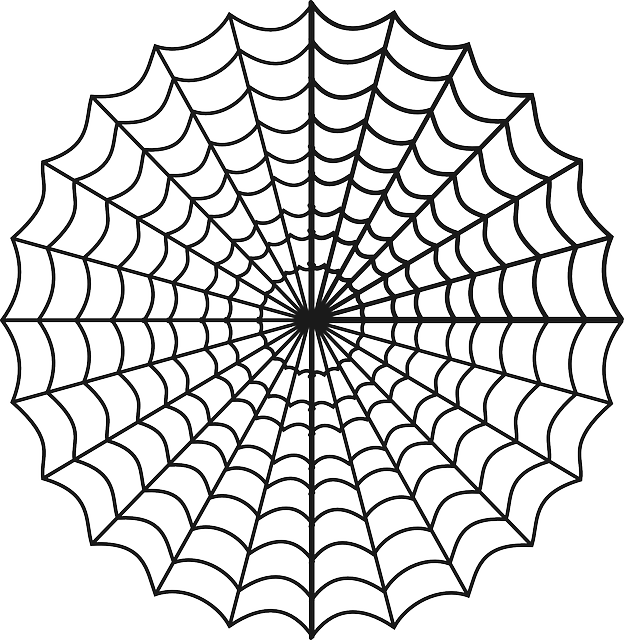
In the realm of creative web design, the eternal debate rages on between minimalism and maximalism—two aesthetics that represent polar opposites in terms of visual elements. Minimalism, with its clean lines and sparse use of colors, prioritizes simplicity and functionality. This approach allows for a more focused user experience, where each element serves a purpose, enhancing readability and navigability. On the other hand, maximalism embraces clutter, layering diverse visual elements—from vibrant colors to intricate patterns—to create a dynamic, engaging atmosphere that captivates users with its complexity.
Finding balance between these two extremes is key to achieving harmonious web aesthetics. A successful design may incorporate subtle minimalism within a maximalist framework, ensuring that the abundance of visual information doesn’t overwhelm the user. Conversely, a minimalist design can be enhanced by strategic maximalist touches, adding depth and interest without sacrificing clarity. This balance allows designers to create visually appealing websites that not only delight users but also provide intuitive, enjoyable browsing experiences.
Tools and Resources for Unlocking Creative Potential
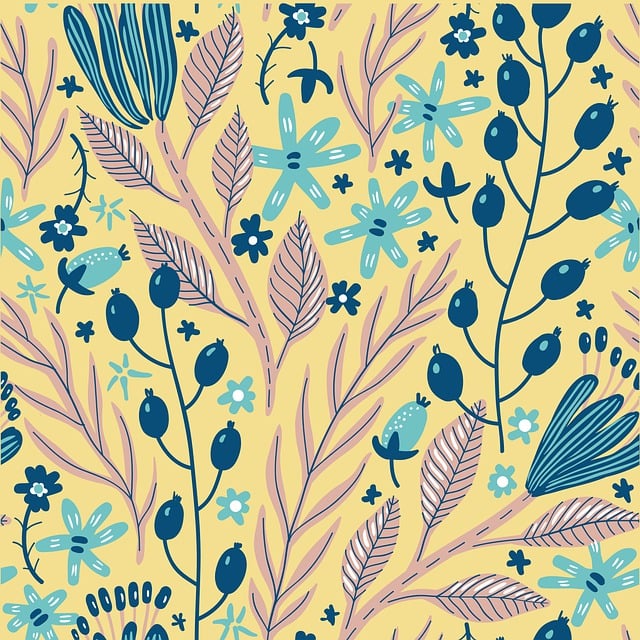
Unleashing creativity in graphic and web design is made accessible through a plethora of tools and resources available today. Digital platforms offer designers a vast array of options to bring their unique visions to life, pushing the boundaries of conventional creative processes. From intuitive design software to versatile graphics editors, these tools empower individuals to explore innovative concepts for both print and digital mediums.
For instance, Adobe Creative Suite stands as a cornerstone in the industry, providing comprehensive solutions for graphic design, web layout, and photo editing. Online platforms like Dribbble and Behance foster a community of designers sharing their work, inspiring others, and keeping up with the latest trends in creative web design. Additionally, open-source design templates and free stock images offer cost-effective options without compromising quality, allowing designers to focus on their artistic expression.
